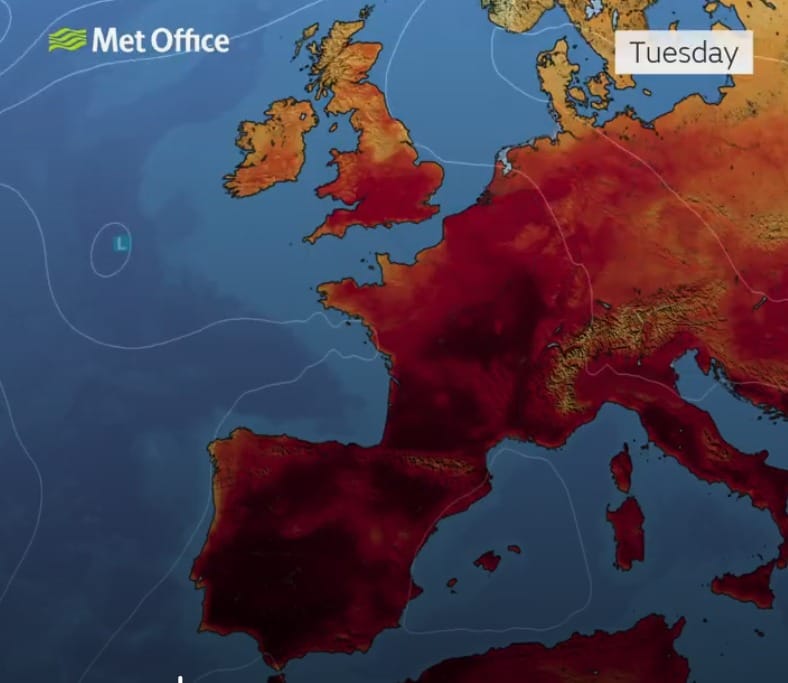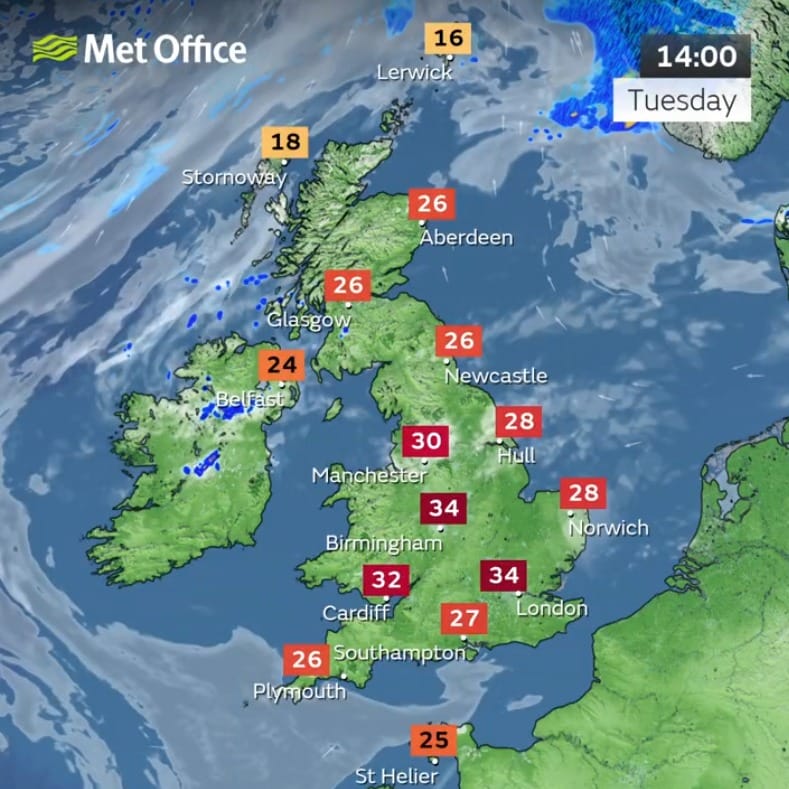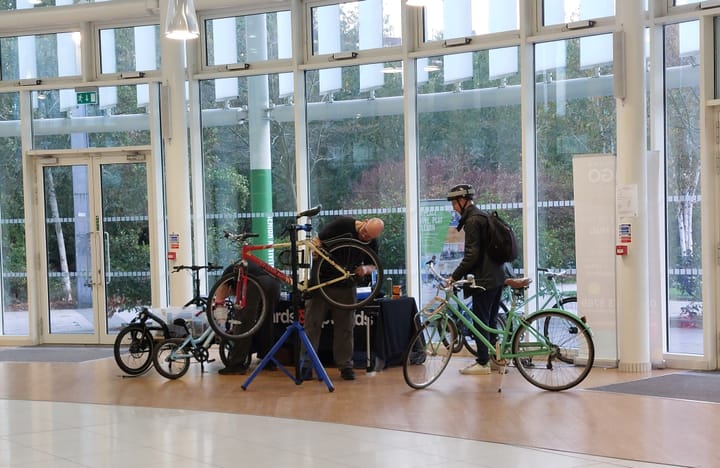London pollution alert - ozone soars in the heat
Imperial College London air quality experts warned of high ozone levels for Tuesday 12th August, due to the effect of strong sunshine and high temperatures on London's background pollution from road traffic.

Ozone in the stratosphere is an essential protection against UV radiation, but at ground level ozone is a highly dangerous pollutant.
It causes inflammation and irritation of the lungs, particularly in people that have asthma, COPD or other respiratory conditions. This can lead to wheezing, asthma attacks and a range of health problems.
Mete Coban, Deputy Mayor for Environment and Energy said: "We are urging Londoners to look after themselves in this pollution alert during the hot weather, stop their engines idling, and refrain from burning wood or garden waste – all of which contribute to high levels of pollution."
Previous alerts have warned vulnerable people to stay indoors and advised all Londoners not to exercise outdoors.
Most of the background pollution which turns into ground level ozone in London has originated from road traffic.
Ozone is formed from chemical reactions between different pollutants including nitrogen oxides (NOx), volatile organic compounds (VOCs) and carbon monoxide (CO), under the influence of heat and ultraviolet radiation from sunlight.
Nitrogen dioxide (NO2) becomes a less reliable measure of air pollution
Nitrogen Dioxide (NO2) levels are widely used as a measure of air pollution at roadsides, schools and major infrastructure projects such as the Silvertown tunnel, and compared with UK and much stricter World Health Organisation (WHO) targets.
NO2 levels fall in hot and sunny weather. Unfortunately, this does not reliably indicate reduced traffic, since an unknown amount of NO2 is broken down in chemical reactions to form ozone.
It also means that using diffusion tubes, which provide average NO2 levels for a period of weeks or months, will give misleading results.
“London’s toxic air is responsible for around 4,000 premature deaths in the capital each year, which is why the Mayor has done everything in his power to tackle it, including launching the world’s largest clean air zone," Coban said.
The alert adds that air flow from mainland Europe, which is also experiencing a heatwave, may contribute to London's ozone levels.

How to reduce your exposure and contribution
City Hall's advice to reduce your personal exposure and contribution to air pollution during high pollution alerts is:
- Walk, cycle and scoot more, avoid the busiest roads and times when you can.
- Use public transport or if you must drive, switch your engine off when stationary.
- Avoid burning at home, eg wood burning or open fires.
Air quality research increasingly supports the view that there is no safe level of exposure to air pollution - this advice could be followed all year round.



